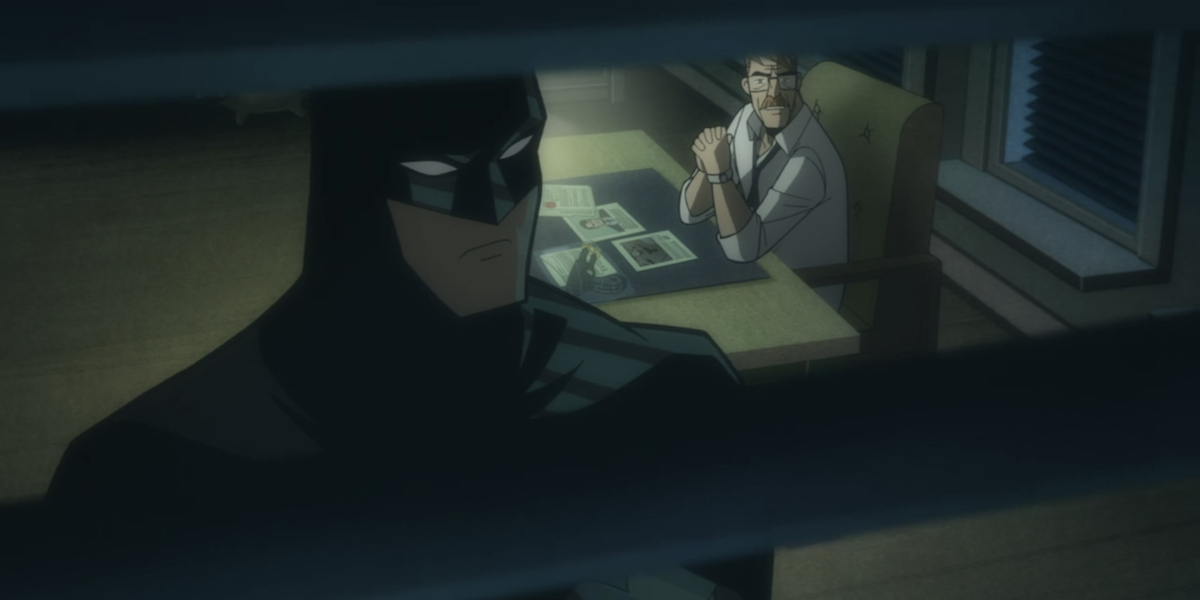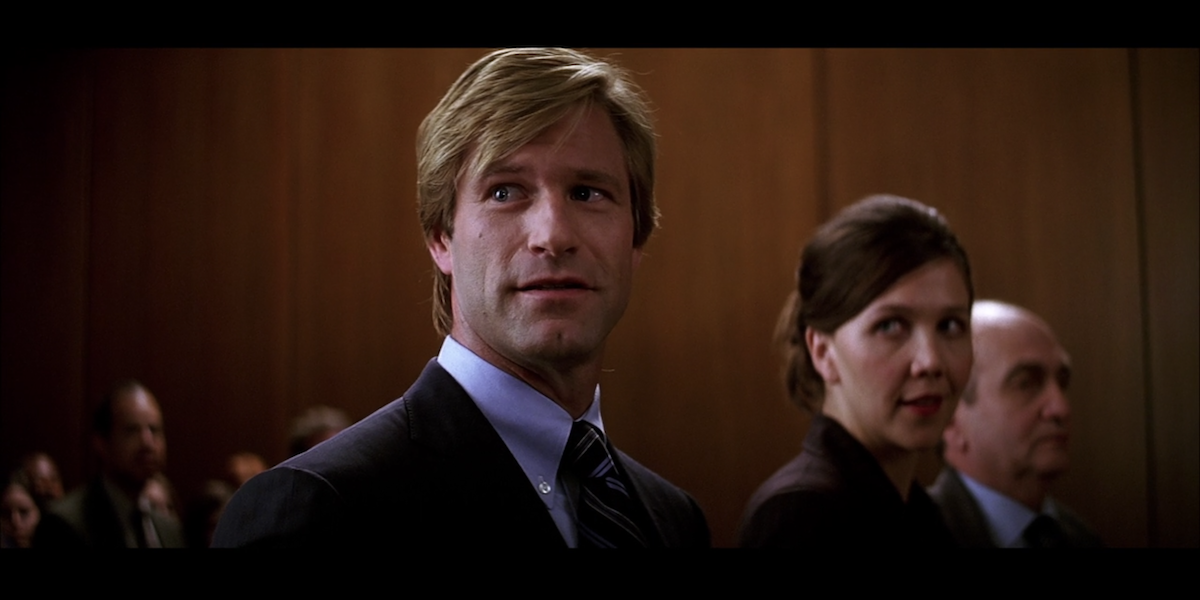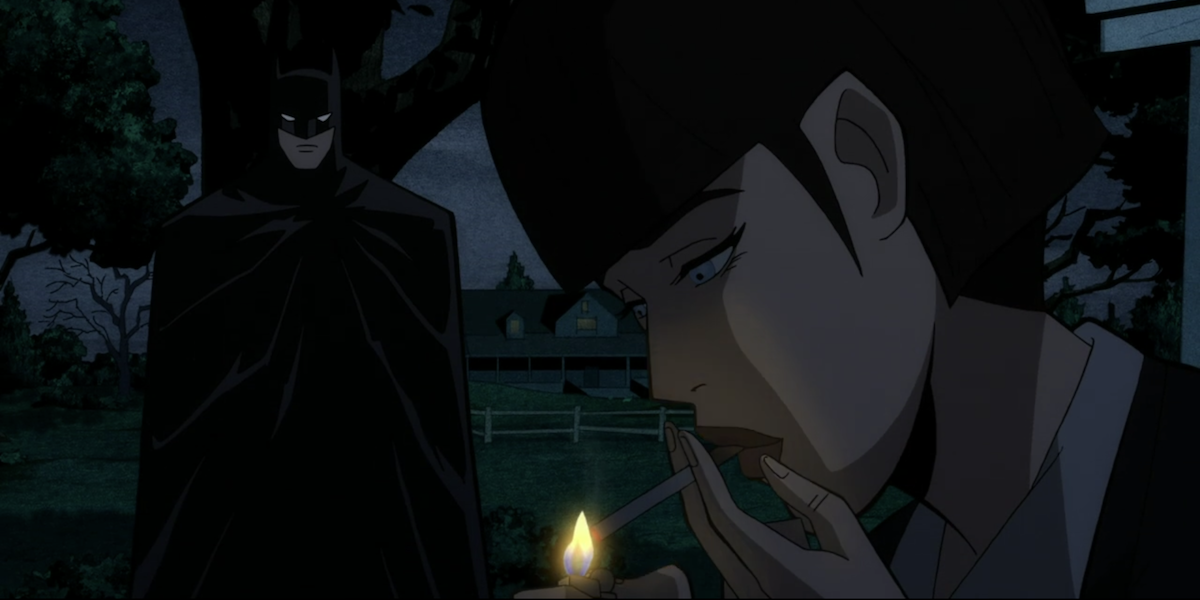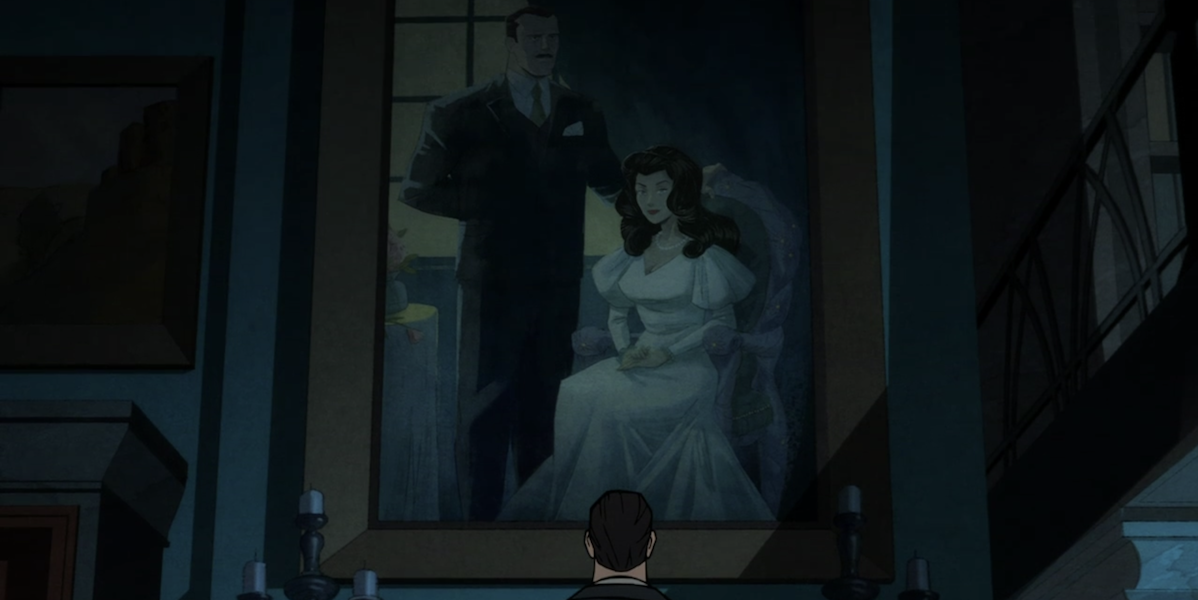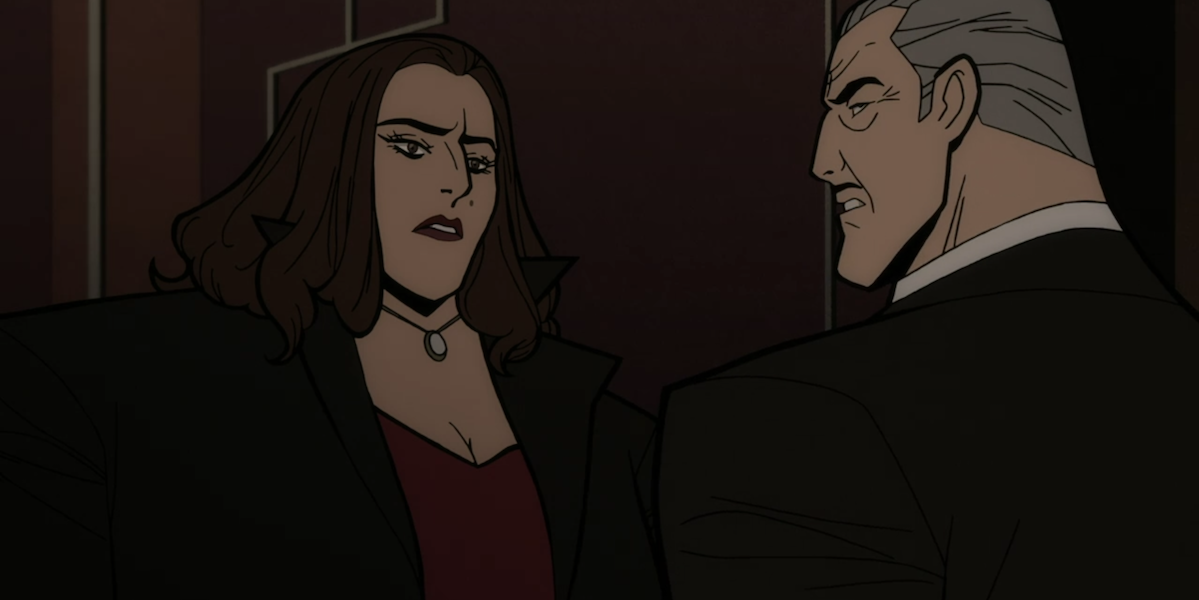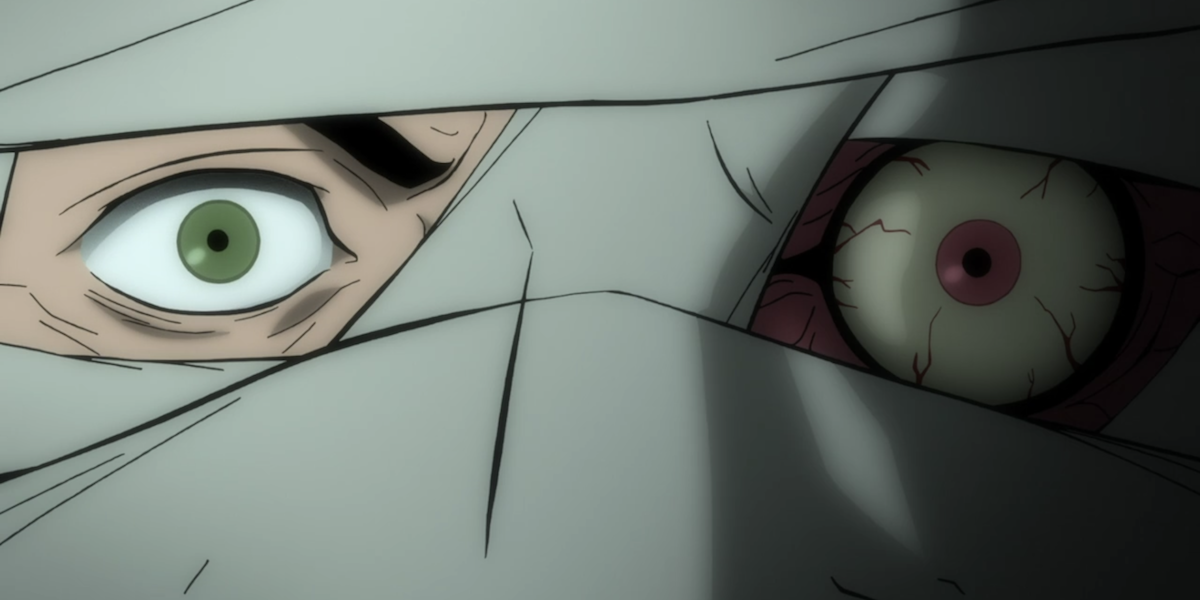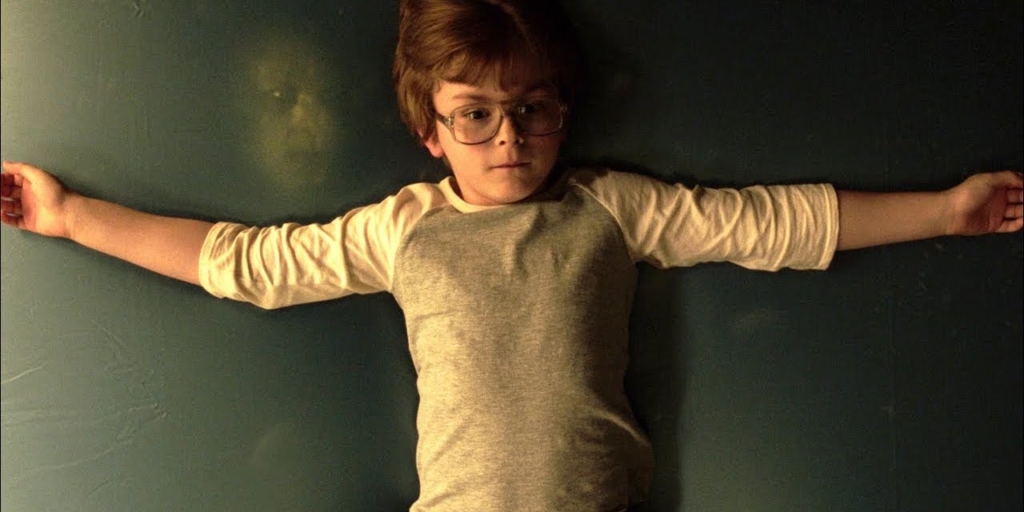Review: DC Animation’s ‘Batman: The Long Halloween’ Focuses on Family Ties
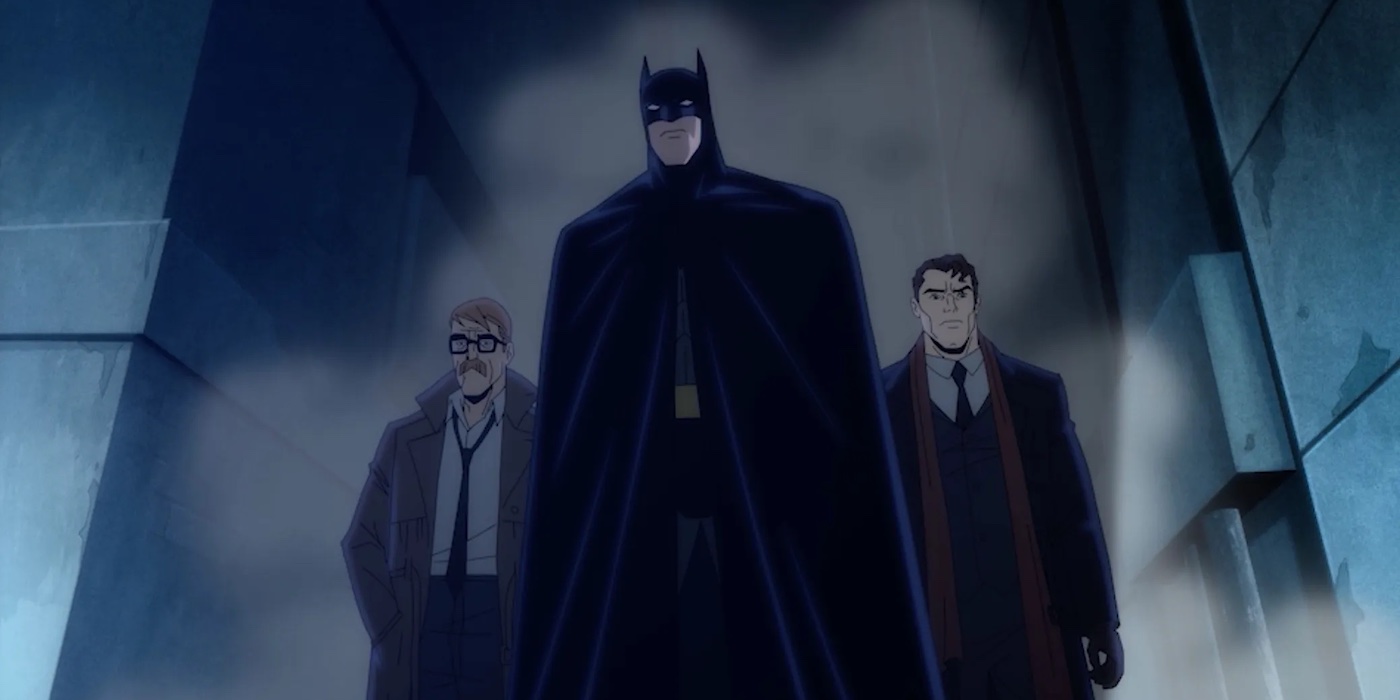
DC’s animated adaptation of the influential comic makes smart changes that make the story work for the small screen.
Last week, Batman: The Long Halloween Part II was digitally released, the second half of an animated film based on a comic of the same name. Written by Jeff Loeb & Tim Sale in the mid-nineties, it’s known in the comic book world as a Batman staple read. The story is a stand-alone series; a mafia mystery and early-days origin story beginning as Gotham is torn between organized crime and the mentally ill super-villain.
A Spoiler-Free Look at The Long Halloween
Carmine Falcone has a hold on Gotham, but ambitious new DA Harvey Dent and Jim Gordon are attempting, with Batman’s help, to take him down. Sound familiar? You guessed it! The Long Halloween is one of the prolific Batman titles that inspired Christopher Nolan’s run on the caped crusader.
The story takes place over the course of a year. A shadowy figure comes after Carmine Falcone, “The Godfather of Gotham”, and the bloodshed begins with the murder of his nephew, Johnny Viti, on Halloween. The killer, dubbed ‘Holiday’, continues killing Falcone associates, each on a holiday.
Beside the body, they leave behind a .22 caliber pistol, a rubber bottle nipple silencer, and a holiday-related token. As pressure to catch Holiday mounts, Dent becomes more agitated by Falcone’s ability to evade the law, and Batman has to face the possibility that his friend is the killer.
The heavily shadowed artistic style from the comics makes very few appearances in the film. Animating Sale’s characters could be very time-consuming, and it seems the film sticks with character images similar to Bruce Timm’s legendary Batman designs.
Nowhere was the absence of Sale’s style more felt than in Selena Kyle. The catty anti-hero’s purple suit, long tail, and curly hair were replaced with a more polished design and a sanitized personality. In the comic, her line “Curiosity killed the cat, but satisfaction brought her back” was replaced with the somber “Curiosity can get you killed.”
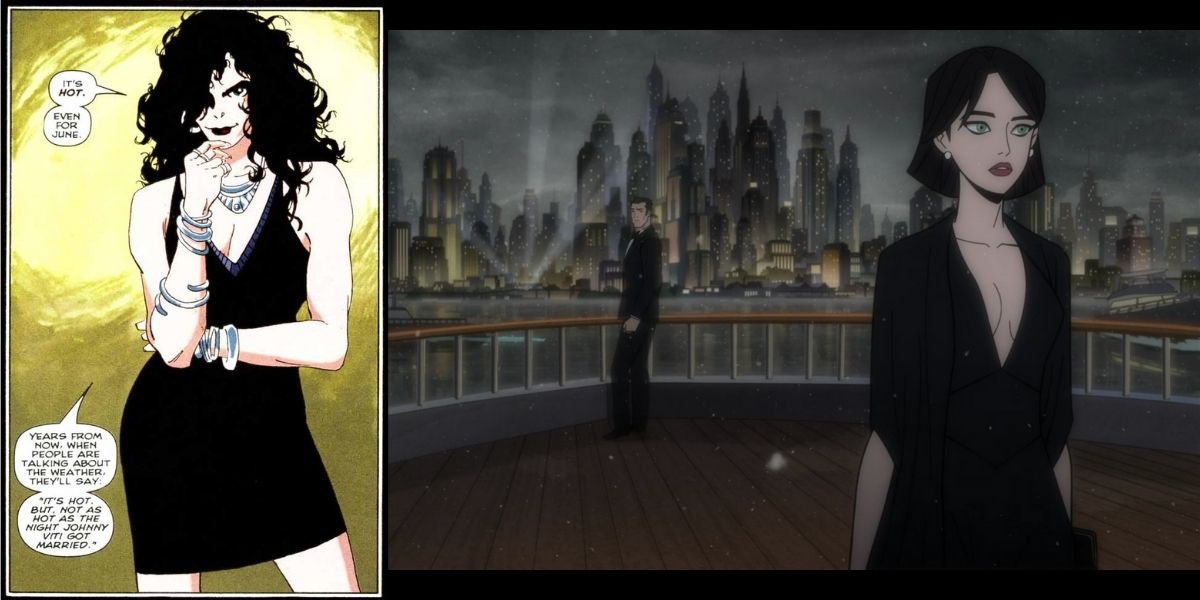
Selena in the original comic (left), and Selena in the film (right), courtesy of DC Comics and Warner Bros.
The movie deviates from the comic book plot in several ways, mostly to simplify the mystery. For the most part, this is to the movie’s benefit; the Falcone family characters are humanized to great effect, allowing for the story’s overarching theme to shine through.
“Will there ever be a time when the sins of fathers don’t fall to their sons for redemption?” – Alfred
Villains of Old, Villains of New (Spoilers!)
The Long Halloween film is, at its essence, a story about inter-generational conflict. A father’s crimes falling onto the shoulders of their children is present in almost every character’s storyline. Bruce’s struggles with his father’s ties to the Falcone family are mirrored in Carmine’s relationships with his son Alberto and his daughter Sophia, as well as Carmine’s revealed relationship with Selena.
Alberto was originally one of the three Holiday killers in the comic, but the film instead reveals his father’s veiled attempts to spare his heir the burden of inheriting his father’s sins. Similarly, his daughter Sophia struggles to reconcile her father’s choice to hire villains like The Joker and Poison Ivy, which ultimately leads to her demise.
Though they’re all clearly team bad-guy, the relatability of these characters creates a parallel between Falcone’s children and Bruce in a way that lends the story more depth than its source material.
Gilda’s characterization is also a plot gem missed by the comic. Her and Harvey’s conversations about having children allude to a potential future generation repeating the cycle and turn a formerly hollow character into a fully realized, complex character. Her need to seek revenge ultimately leads Harvey to become Two-Face.
In the end, like any generational story, the case is closed, but the story is just beginning. The end-credit scene gives us a peek at Green Arrow and Flash, who’ve come to call on the Batman for a bigger adventure. Could this explain to move from Sale’s artwork to the greater DC animated style? The comic is a stand-alone story, and with the dark tone of Halloween, it will be interesting to see a JLU story in this same vein.

